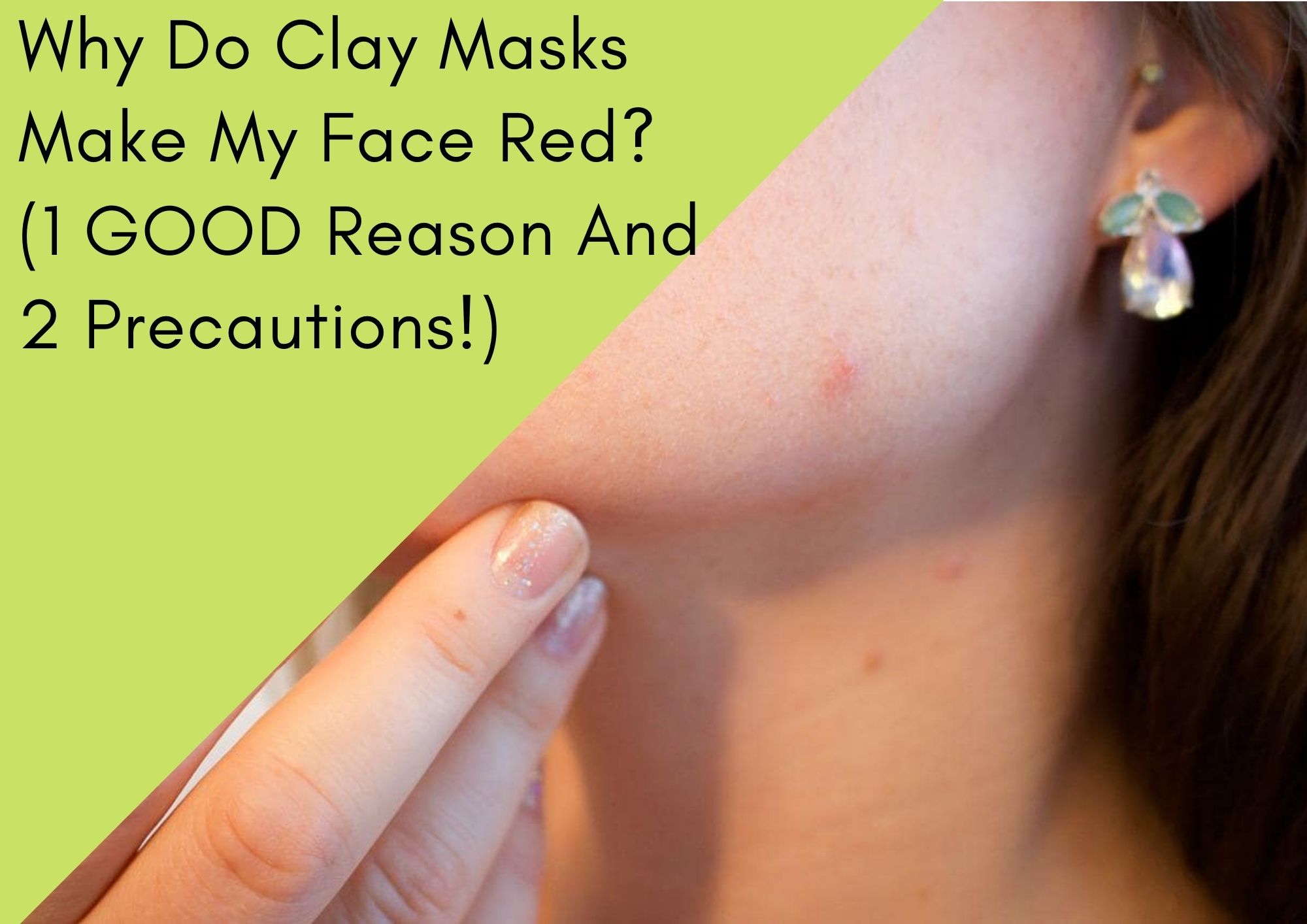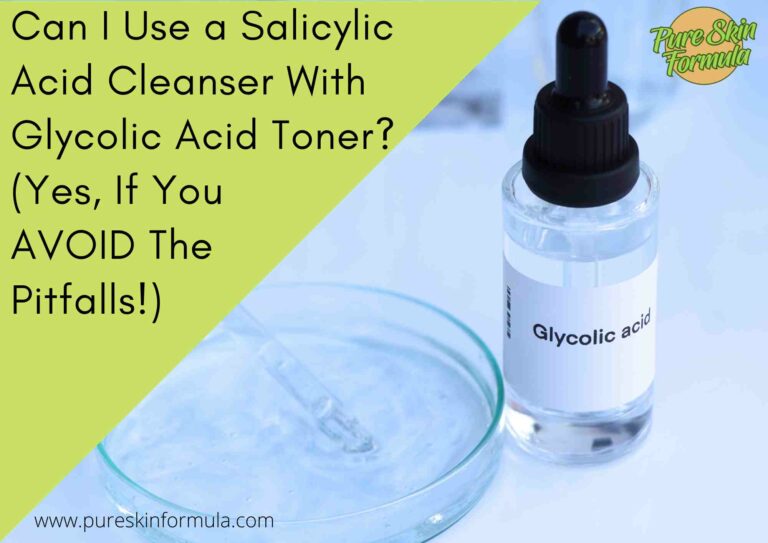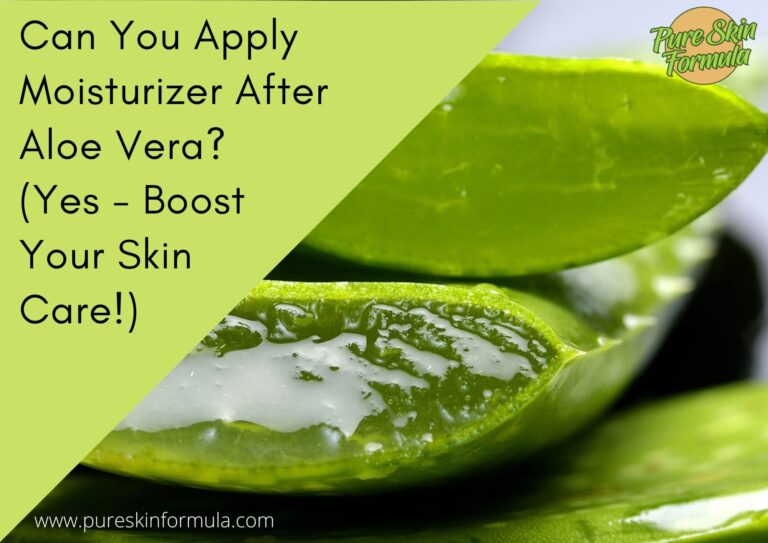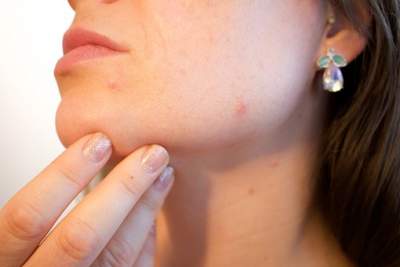Most probably, you have experienced it. Or you are just curious. But you want to know why clay masks make your face red?
There are three main reasons.
The first one is related to the content of the face mask. The second one has something to do with the type of skin on the face. The third one depends on how you apply the face mask.
Please find the answer below.
Why do clay masks make my face red?
- Typically, face masks contain clay. It nourishes the skin with nutrients, moisturizes, cleanses, tones it, and tightens it as well as the structure of the muscles.
Face masks with clay stimulate blood circulation, relieve muscle tension and mild joint pain, relieving rheumatism. Namely, the increased blood circulation causes skin redness.
Generally, this is a positive skin reaction. This extra blood sent toward the skin removes the toxins from the body.
- Another reason for turning your face skin red after using a face mask might be your skin is allergic to any ingredients, e.g. clay. To be on the safe side, apply a tiny amount on a small skin area to see the result;
- You may improperly use the face mask – e.g. keep it on for too long on your face. Adjust the usage instruction on the label to avoid any misconception.
So, we see some good news and two issues you must consider before and during face mask usage.
Let’s start by explaining the positive redness effect of a face mask.
Why redness on the skin?
Facial redness occurs due to enlarging the blood vessels near the skin’s surface. For example, the body can often react this way, trying to warm the skin in the cold.

In most cases, reddening the skin is a normal body reaction when experiencing strong emotions or exposure to the sun.
A flush on the cheeks can sometimes indicate a more severe illness. In this case, it is crucial to know the potential causes that can provoke this effect and other symptoms that can occur along with it.
Rosacea is a common condition but often not considered a skin disease. It usually causes redness on the face that resembles acne.
Other causes can include alcohol consumption, exercise, certain medications (such as diabetes medications and high cholesterol medications), spicy foods, and a sudden change in temperature.
What is kaolin, and why does it cause the face redness?
Kaolin is a type of clay frequently used as an ingredient in producing face masks. It is a natural sorbent that has a beneficial effect on the body.
It is white and is ideal for sensitive skin types. Clay kaolin mixed with a small amount of warm water absorbs excess sebum and opens pores.
It is suitable for dry, sensitive skin, as well as for the epidermis, which is prone to allergies, the appearance of acne, and inflammation.
The clay has the following beneficial properties:
What about red clay?
It is another beneficial clay to our skin. People have known its healing properties for centuries.
This natural material includes various nutrients and minerals. The red colour of the clay contains copper oxide and iron.
In addition to iron oxide and copper, red clay contains mineral salts, magnesium and aluminium silicates.
Red clay helps to replenish the human body with a stock of certain minerals, which it loses over time. Among them are calcium, magnesium, silicon, and aluminium.

This composition helps to maintain the skin in perfect condition, which is the main reason for its use for cosmetic purposes.
The material perfectly enriches the deepest layers of the integument with oxygen, which contributes to a better blood supply.
Thanks to this property, red clay is successfully used to take care of fading and tired dermis.
The natural component is often used to treat hyperemia – with increased blood vessels, excessive facial redness and acne.
There is a positive effect of clay as a cleanser on the skin surface, as it actively removes all impurities from the pores.
Why do allergic reactions cause skin redness?
According to studies, the redness of sensitive skin can be caused by internal or external factors.
In allergic skin, redness is triggered by specific allergens in the environment, cosmetics, food and medicines.
If allergic rashes accompanied by itching concern you, you may visit an allergist to determine the exact causes of their occurrence.
Additional care for allergic skin can also help.
Improve your cleaning routine
Sensitive skin reacts to negative factors from the external environment. Therefore, it requires careful and special care.
Choose cosmetics labelled “for sensitive skin”. Facial washes with a neutral pH level have a beneficial effect on the skin.
The composition of anti-acne products should contain glycerin, a good antiseptic that allows moisture retention in the skin.
Do not overdo peroxide and salicylic acid (sometimes recommended for problematic skin), as these substances dry out the skin surface and can lead to dryness and further irritation.
Modern cosmetology offers facial cleansing with ultrasound and microcurrent treatments that purify the pores and improve the skin’s condition for seborrhea, acne, rosacea and other conditions.
Use natural cosmetics
For facial skin redness, everyday ingredients that can be found in any kitchen might help.

You can try oatmeal because this porridge contains a lot of calcium, iron, and other substances necessary for healthy skin. Oats cleanse the body of toxins, hence pimples on the face fade away.
The milk can be used as a tonic. Dilute the milk with water 1:1 and wipe your face with a cotton pad. This mixture has a soothing effect, so it will help relieve the inflammation.
Green tea is also good for the skin. Its composition includes substances that contribute to the healing of wounds, reduce inflammation and constrict blood vessels.
Make a strong tea, let it cool, and then wet a soft cloth and place it on the face for 5-10 minutes.
To wrap it up
I believe now you know the answer to the question of why clay masks make skin face red. In general, there is nothing wrong with that.
This is the nature of a face mask – to increase the blood circulation in the outer layer of the skin and release toxins.
If the redness is not excessive and disappears shortly after the procedure – don’t worry.
Still – you might experience an allergic reaction caused by some of the ingredients in the product formula.
To prevent severe damage – apply the mask on a small skin surface and wait a couple of minutes. If there is no lousy reaction – take action and enjoy your rejuvenated face!
Talk soon,
Valeria







